
The signs of poultry diseases are visible in an animal's features such as head, legs, feet, posture, musculature, features, pigmentation, appetite, thirst, respiration and manure. The signs of poultry diseases are that an animal neck maybe seen close to its body, tail or wings, neck twisted with its head supported by its back or is between its legs. If we come to head the signs of poultry disease are that wattles and comb are shrunken. They have pale or blue color. Some parts of the face are shrunken, eyes might be partly open or they look dull, nostrils are crusted and caked. The signs of poultry disease in musculature are loss of strength and weight, muscles near crop cavity and keel are shrunken which results in animal having a less think breast. Other than this the signs of poultry diseases in legs and feet are prominent tendons with dehydration, enlargement of joints and they get warm when they are touched. Feet from the bottom are cracked, discolored or crusted and scales are crusty and enlarged.
Features of the animals are broken or fluffed out, other than that they are not preened. They are stained in parts of abdomen. Birds are usually ruff looking. In pigmentation the signs of poultry diseases are less intense color. The disease which causes a reduction in the number of eggs laid may result in an excess amount of yellow pigment in adult hens. The poultry disease has signs which are visible in the animal's appetite and thirst such as excessive drinking or loss in their appetite. If we talk about their way of respiring, the signs of poultry disease include snickering, gurgling and rattling noise, gasping and a prominent movement of their abdominal wall. They have milky white, yellow, green, red caps. Their dropping is very sticky, liquid and not firm. These signs come in the category of manure.
The poultry diseases or infections in animals or birds can be caused by various means such as other local poultry which includes ducks, chickens, turkeys, geese, and guinea fowl. And even live birds or dead poultry that are not properly disposed of. Other sources of poultry diseases include wild birds, animals, other local livestock, humans, snails, earthworms and slugs, arthropods including mites, fleas, mosquitoes, and lice. At times the insects that can be eaten by poultry can also cause poultry diseases. Inanimate sources of poultry diseases are food eaten by poultry that may have bacteria, toxins or fungi. One of the sources of poultry disease is water which is essential and its supply should be clean. Dirty, stagnant water that has organic waste may contain large amount of protozoa, bacteria or fungi. Dust, soil and litter may have spore containing organisms such as bacteria, fungi that can invade in an animal's body by a wound. Structures such as houses that are in use for poultry may not be kept clean or they are not properly ventilated. This can also cause to poultry diseases.
Vectors are organisms that carry disease causing organisms called parasites in their bodies to infect other organisms called hosts. For e.g. mosquitoes which are vectors and their parasite is malaria. Parasite grows and multiplies in the body of a vector. Bacterial diseases which are a category of poultry diseases have many types such as salmonella which can occur at any age but it's mainly in chicks, Mycoplasma which can occur at any age. Then there are fungal diseases which is also a category of poultry diseases, it includes aspergilloses which is mostly found in chicks, mycotoxicoses it can occur any age in animals. And there is a type of poultry disease which is parasitic; it has further types too such as coccidiosis.
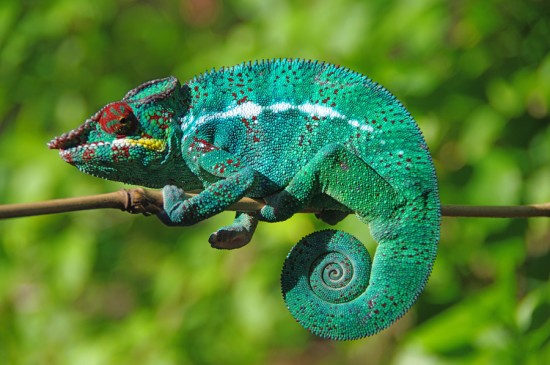 Chameleons - The Amazing Technicolour Pet!
Chameleons - The Amazing Technicolour Pet!
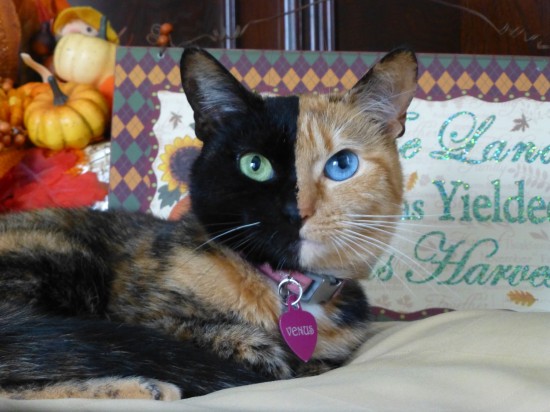 Why A Two Faced Cat Called Venus Could Be The Rarest Feline On The Planet
Why A Two Faced Cat Called Venus Could Be The Rarest Feline On The Planet
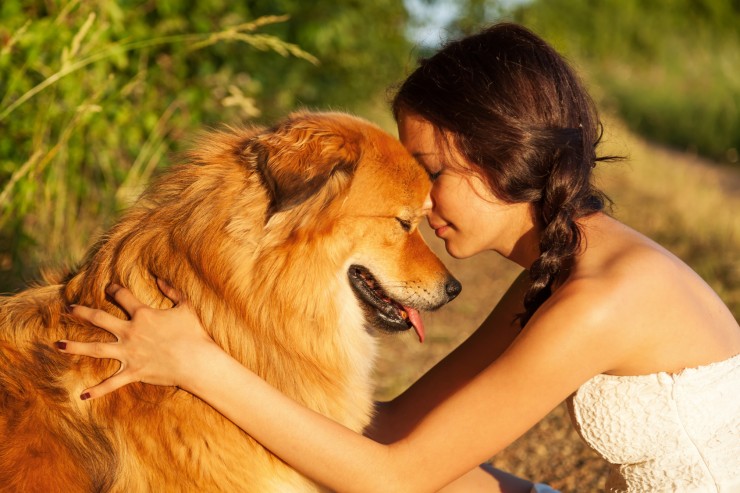 How To Get Your Dog Through A Health Scare Without Losing Your Mind
How To Get Your Dog Through A Health Scare Without Losing Your Mind
 Signs Puppy Needs To Go To The Bathroom
Signs Puppy Needs To Go To The Bathroom
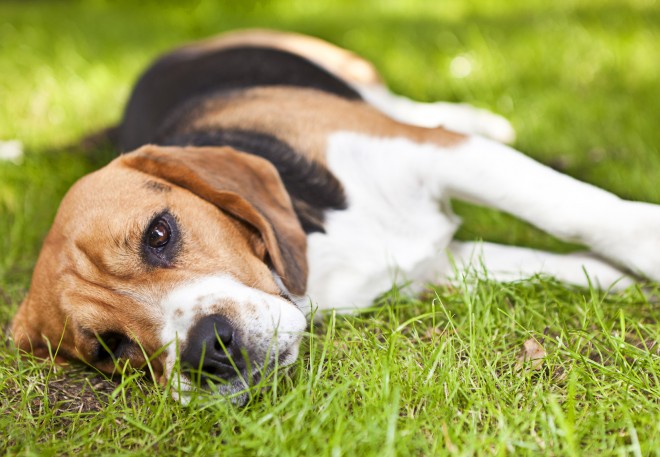 Areas And Places Your Dog Might Pick Up Ticks
Areas And Places Your Dog Might Pick Up Ticks
 Do You Know Why Your Dog Does Certain Weird Things?
Do You Know Why Your Dog Does Certain Weird Things?
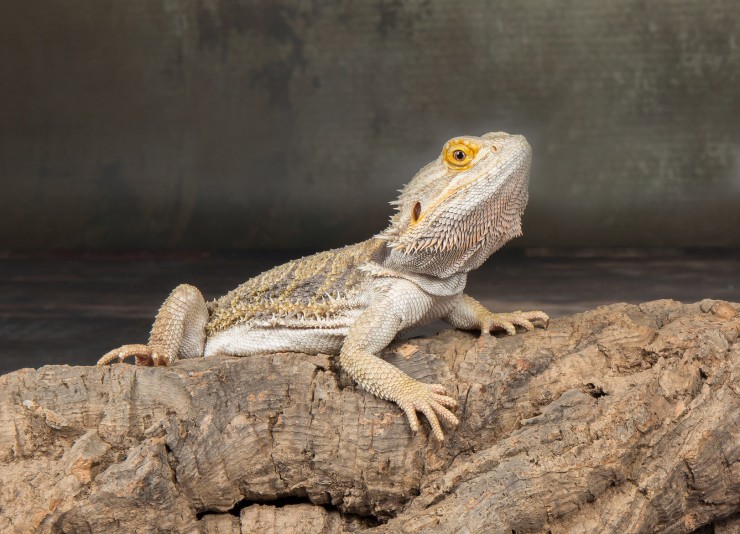 Some Common Bearded Dragon Behaviours Decoded
Some Common Beard
Some Common Bearded Dragon Behaviours Decoded
Some Common Beard
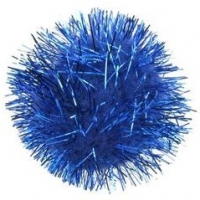 My Cat Skiibowski Loves To Play Fetch With His Sparkle Blue Ball, I Swear He Is Part Dog
We play fetch every day with my cat Skiibowski and it is
My Cat Skiibowski Loves To Play Fetch With His Sparkle Blue Ball, I Swear He Is Part Dog
We play fetch every day with my cat Skiibowski and it is
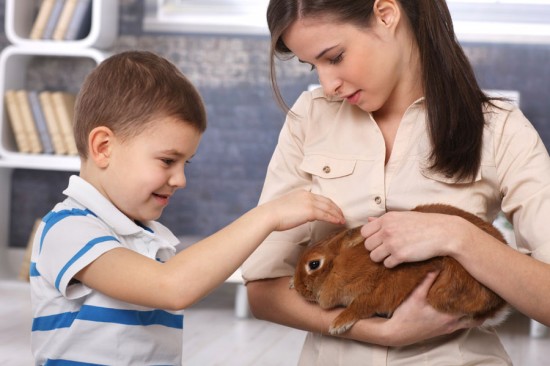 Care Of The House Rabbit
Care Of The House
Care Of The House Rabbit
Care Of The House
 10 Household Products That Can Make Your Dog Sick If They Eat Them
10 Household Prod
10 Household Products That Can Make Your Dog Sick If They Eat Them
10 Household Prod
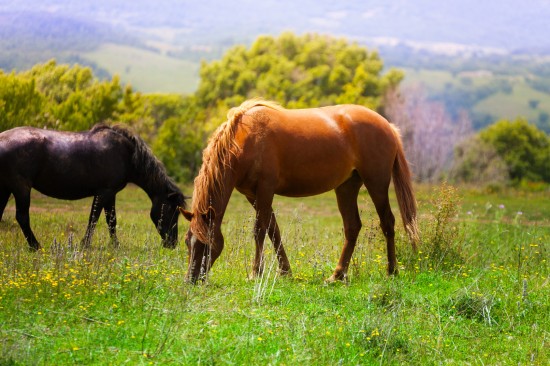 Caring For The Companion Horse
Caring For The Co
Caring For The Companion Horse
Caring For The Co
Copyright © 2005-2016 Pet Information All Rights Reserved
Contact us: www162date@outlook.com